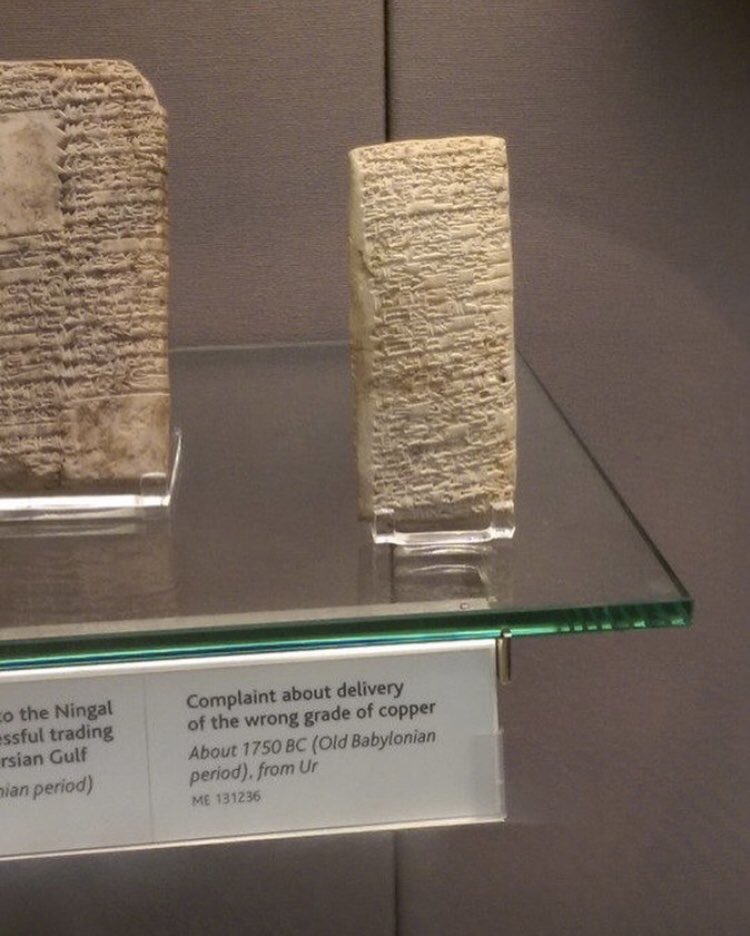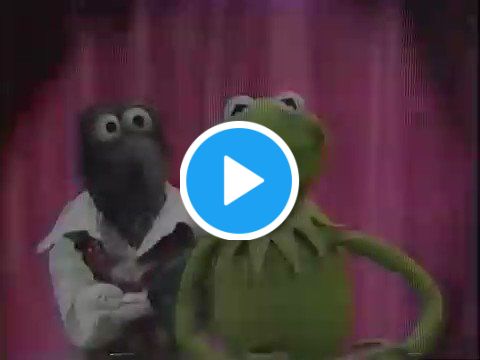Muppet promos, cellphone trees and UFO's
Imagine if your job was more like being in a contest or loyalty club. Imagine if the rules of the way you received each task in your work, and got paid for each task you completed, were like the rules of a Frequent Flyer Club. You have to do certain things in certain very specific ways in order to unlock paying work, and those bits of work only “count” for credit based on a set of fairly complex rules that can be changed regularly. And the rules are all clearly set up to limit how much money you can make at one time and how much work you can get, and to maximize what the frequent flyer program gets out of you and everyone in the program.
It’s only natural that a program with such manipulated guard rails and incentives would yield participants that do everything they can to get the most out of it. After all, that’s the same thing the program does to them, except it holds all of the cards. In the history of labor, this is an ever-present thing. There has always been reason for workers to find ways to work around the rules employers use to control them. But it’s all the more apparent now, in an economy when so many workers have contract jobs laden with these types of labyrinthine control mechanisms often driven by technology and software.
So today we end up with hacks like this - contract drivers hanging cellphones in trees to create the most favorable conditions for getting assignments.
Photo from the Bloomberg story with original caption: Contract delivery drivers hang mobile devices from a tree outside of a Whole Foods store in Evanston, Illinois, on Aug. 29. Photographer: Christopher Dilts/Bloomberg
From an article in Bloomberg about Amazon’s vast fleet of contract-based drivers (just one contract-based line of work among many) that’s worth reading to get a sense of what’s going on out there:
A strange phenomenon has emerged near Amazon.com Inc. delivery stations and Whole Foods stores in the Chicago suburbs: smartphones dangling from trees. Contract delivery drivers are putting them there to get a jump on rivals seeking orders, according to people familiar with the matter.
Someone places several devices in a tree located close to the station where deliveries originate. Drivers in on the plot then sync their own phones with the ones in the tree and wait nearby for an order pickup. The reason for the odd placement, according to experts and people with direct knowledge of Amazon’s operations, is to take advantage of the handsets’ proximity to the station, combined with software that constantly monitors Amazon’s dispatch network, to get a split-second jump on competing drivers.
That drivers resort to such extreme methods is emblematic of the ferocious competition for work in a pandemic-ravaged U.S. economy suffering from double-digit unemployment. Much the way milliseconds can mean millions to hedge funds using robotraders, a smartphone perched in a tree can be the key to getting a $15 delivery route before someone else.
As I said to my dad the other day in a conversation about why the Stock Market is doing so well right now in the midst of all of this, Amazon the company is doing great. Amazon the workforce is very much not.
A super cool old hotel in Coney Island:
The phenomena that lie beyond our central area of inquiry. My friend Tom shared a fantastic essay with me about the barriers we put up in our own minds to keep strange and hard-to-square ideas out. That larger point forms the backdrop for a discussion of what we have done historically with evidence of UFO’s and the now growing pile of evidence from this past year declassified by the US government about past credible and unexplained reports and, potentially, artifacts.
It’s an exceedingly well written and well argued essay. Somewhere in the conclusion is this passage, that evokes some previous bananas you might have enjoyed here:
“There are ways of knowing about the world, and dimensions of the universe, that were simply not essential for us to perceive on our evolutionary journey. It doesn’t really matter what the bright lights in the sky are when you’re focused primarily on eating and not being eaten. We have seen some version of ‘worlds’ beyond our perception in examples of discovery from x-rays and sonar to cell biology. Is it so impossible to imagine further limitations in perception? New worlds we can’t see, or can’t imagine? There are things we know we don’t know — controlled fusion, human aging, the nature of intelligence. But any extra-dimensional aspect of our reality could by its nature sit forever in the realm of things we don’t even know we don’t know.”
It also evokes the way the historical Buddha, Siddharta Gautama, handled questions from people around him about anything outside of the area covered by his original inquiry - how to rid oneself of the burden of being saddled with the perception of self, and of the existence and perception of suffering that comes with it.
The Buddha frequently begged out of questions about the specific nature of the universe or the “why” of it all, and you can imagine him doing the same if someone asked about phenomena like UFO’s and aliens. He’d simply say “I have nothing to offer on that,” or remain silent. He’d say that his time studying our existence as humans from the inside out, and of ways to escape the relentless burdens and ties of life, really only focused on that and he doesn’t have much to offer towards any questions that don’t have to do with getting to that result. He viewed them as sidetracks. In the parable of the arrow, the punchline is that when you have been shot with a poison-tipped arrow, it doesn’t really matter what color it is, what markings it has, who shot it, with what bow…the main thing you need at that moment after having been shot with it is to remove the arrow from your body so that it is no longer harming you.
I say that as sort of an affirmation by reversal of the point made in the essay. Science and technology can be silent on things in the same way. If there are phenomena that are beyond the kinds of inquiry it is best suited to dissect, it can only remain silent and those phenomena remain outside of its world, neither denied nor confirmed. Some of these limitations go away over time perhaps as the tool sets improve, but some of them will always lie entirely outside and could need a different mode of inquiry.
That essay: Fire In The Sky.
An ancient receipt:
Good good-natured ribbing is transcendant. There’s a Muppet History twitter handle doing really strong work in highlighting all of the little things that made The Muppet Show so great. That account recently brought to light that the promos for the original The Muppet Show were almost always improvised, and were more often than not, Frank Oz trying to get a rise out of Jim Henson. I vaguely remembered seeing them as a kid, but seeing them now sort of for the first time again, they are pure joy. Here’s a tweet that includes a Youtube clip of a whole bunch of them (you may have to click in to YouTube to play it):
and a good straggler from Gonzo:
Bonus bananas:
If you have cassette tapes that are dear to you, digitize them as soon as you can! They are coming to the end of their useful life as storage devices and are starting to deteriorate faster now.
In looking for the obituary for one Johnny Warren, a beloved plumber in our neighborhood, I came across an interesting obituary for another one. Imagine working at a phone company all the way through the transition from manual human switchboard to analog electronics, and then analog electronics to digital.
Those are all the bananas fit to share this week. You can hit “reply” and it will go only to me. Thank you.








